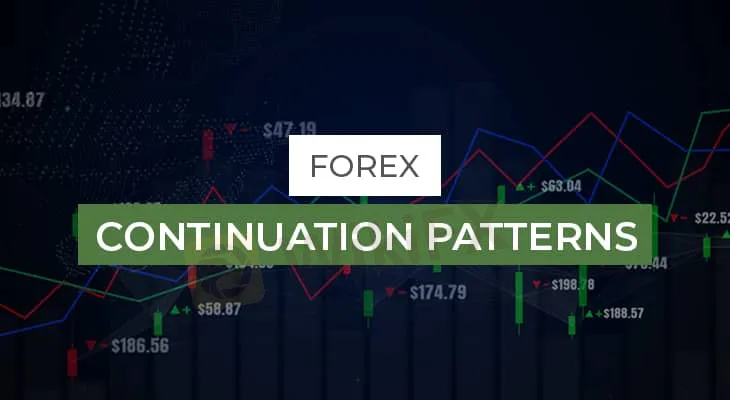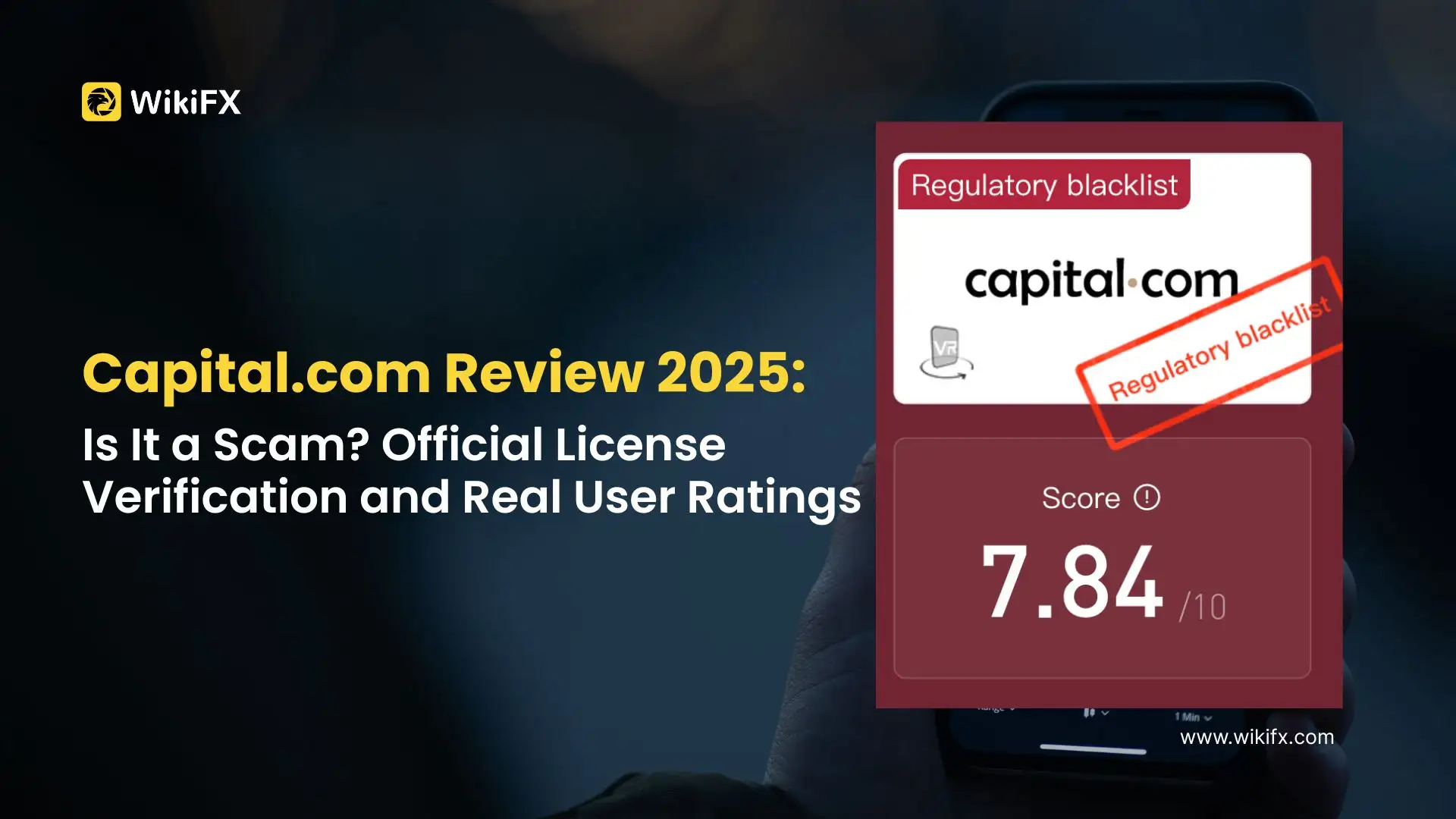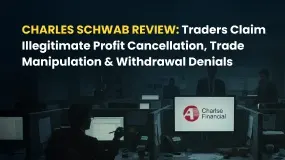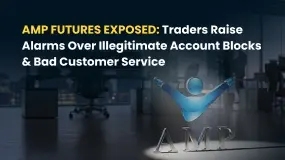简体中文
繁體中文
English
Pусский
日本語
ภาษาไทย
Tiếng Việt
Bahasa Indonesia
Español
हिन्दी
Filippiiniläinen
Français
Deutsch
Português
Türkçe
한국어
العربية
How to Trade Continuation Pattern in Forex?
Abstract:When involving in forex technical analysis, chart patterns are always be mentioned.

Trend continuation pattern belongs to one of the two general categories of chart patterns- the other one is reversal pattern, which we talked this week. As a forex trader, we believe that you already have a basic understanding of continuation pattern: it implies not only the ability to find key support and resistance levels but also spot the patterns signaling that the price is going to reverse soon or the current trend is going to continue.
In this article, we are going to introduce what is continuation pattern, and different types of continuation pattern, and how to trade continuation pattern.
What is Continuation Pattern?
A continuation pattern is labeled as such because there is a slight tendency for the trend to continue after the pattern completes, assuming the right context of price action. Not all continuation patterns will result in a continuation of the trend, though. For example, the price may reverse the trend after forming a triangle or pennant.
Continuation pattern tends to be most reliable when the trend moving into the pattern is strong, and the continuation pattern is relatively small compared to the trending waves. For example, the price rises strongly, forms a small triangle pattern, breaks above the triangle pattern, and then keeps moving higher.
Different Types of Continuation Patterns
To look for a continuation of a move, traders will find patterns like triangles, rectangles, pennants and flags. Each one of these patterns can be identified on charts of the time-frame of your choice.
1.Triangles
You can identify a triangle from bars on a chart by drawing two lines from the price bars that look like the shape of a triangle. When price forms a triangle, it moves from a wide trading range to a narrower trading range. It is this pause and narrowing of the size of price bars that forms the point of the triangle pattern on the chart.
Generally, price does not stay still for very long, so as it forms the point of the triangle, traders will use this pattern to anticipate that price will break out from the triangle once it forms.
Technical analysts believe that the shape of the triangle can indicate the direction of the subsequent breakout. Ascending triangles are bullish, symmetrical triangles can move in either direction, and descending triangles are bearish.
Symmetrical triangles are formed when the price range narrows and makes lower highs and higher lows until it reaches a point. Since the triangle is symmetrical, the theory is price can break out of the triangle in either direction, in the same direction it entered or reversing on exit.

Ascending triangles, are formed when consistent highs and higher lows are made. The ascending triangle is generally a bullish signal with price tending to break out upwards when the pattern is complete.

Descending triangles are the opposite of ascending triangles. They are formed with consistent lows and lower highs. This is generally a bearish signal and price will tend to break out lower when the pattern is complete.

2.Rectangles
When the market is consolidating, rectangles are formed as price moves in a narrow range with consistent highs and lows. Price will tend to exit the consolidation in the same direction that it entered. Rectangles are just another name for the typical, channel-like formation that traders associate with the term consolidation. Consolidation means price is unable to break out of a defined range since neither buyers or sellers can move price beyond a certain price. This pattern can last for a long time, and there is no real rule for the maximum length of this pattern.
3.Flags
Flags are formed when price retraces for a short time in a tight parallel range. This formation is called a flag because the consolidation looks like a flag. Flags are used to show a period of retracement in price. When price breaks out of the tight consolidation, it will generally move higher, resuming its original trend. These patterns are usually seen mid-trend and not at tops or bottoms.
4.Pennants
Pennants are small triangle formations and work in the same way. Since these are smaller retracements that do not take as long to form, they are typically seen mid-trend.
How to Trade a Continuation Pattern?
There are several steps involved in trading a continuation pattern.
The first step is to identify the prior trend direction. For example, was the price increasing or decreasing before it formed a triangle pattern?
The next step is to identify the continuation pattern and find the breakout point. Some traders will only take trades if the breakout occurs in the same direction as the prevailing trend. For example, if the prevailing trend is up, they will buy if the price breaks out of the pattern to the upside. Other traders will take a trade in the breakout direction even if it goes against the prevailing trend. These are lower odds trades, but pay off if the trend is reversing direction.
Once a breakout occurs, a trade is taken in the breakout direction. For example, if the price breaks above a pennant, a stop loss is placed just below the pennant low.
A stop loss order is placed just outside the pattern on the opposite side from the breakout.
A profit target can be established based on the height of the continuation pattern.
For pennants and flags, measure the price wave leading into the pattern. If the price breaks higher, add that measurement to the bottom of the flag/pennant to get an upside profit target. If the price breaks lower, subtract the measurement from the top of the flag/pennant.
The major drawback to trading continuation patterns, and chart patterns in general, is false breakouts. A false breakout occurs when the price moves outside of the pattern but then moves right back inside it or out the other side. This is why stop losses are used to control risk.
When trading a continuation, consider the strength of the price move prior to the pattern forming. Strong moves tend to be more reliable than if the pattern occurs after a weak move or amidst choppy trading. The continuation pattern should also be a relatively small part of the prior trending wave. The bigger the pattern relative to the wave that preceded it, the less reliable it is. It may still act as a continuation pattern, but the increased volatility and increased movement in the opposite direction of the trend is a warning sign.
Many traders look for increasing volume when the price breaks out of a continuation pattern. If there is little volume on a breakout, there is a greater likelihood the breakout will fail.
Conclusion
Markets never move in one direction forever, so technical analysts are looking for indications that the market trend is changing, by either reversing or continuing a move.
When the market is between trends, traders look for clues from price as to how price will continue to move once a trend is re-established, either reversing or continuing with the initial trend.
Triangles, pennants, flags, and rectangles are great continuation patterns. If you know these patterns and their signals, you can create plans with a clear risk/reward ratio.

Disclaimer:
The views in this article only represent the author's personal views, and do not constitute investment advice on this platform. This platform does not guarantee the accuracy, completeness and timeliness of the information in the article, and will not be liable for any loss caused by the use of or reliance on the information in the article.
Read more

WikiEXPO Dubai 2025 “Welcome Party” Kicks Off Tonight!
In anticipation of the upcoming WikiEXPO Dubai 2025, the WikiEXPO Organizing Committee has specially arranged a high-end social gathering—the “Welcome Party”. The event will be grandly held on the evening of Monday, Nov 10, on the 6th Floor, Conrad Dubai, UAE.

Capital.com Review 2025: Is It a Scam? Official License Verification and Real User Ratings
Is Capital.com truly safe in 2025? Explore its global licenses, on-site verifications, user complaints, pros & cons, and key risks in one objective review.

Charles Schwab Review: Traders Claim Illegitimate Profit Cancellation, Trade Manipulation & More
Have you been lured into the Charles Schwab app for trading on the back of outrageous profit claims by the broker? Did you fail to receive any of these? Does the broker deny withdrawals every time you request and cancel your forex trading account? Have you been victimized financially by its trade manipulation? Act before you are left with a NIL balance in your account. Many traders have questioned Charles Schwab customer service and many other operational executives for the aforementioned illegitimate trading activities. In this Charles Schwab review article, we have shared some of their comments. Read on!

AMP Futures Exposed: Traders Raise Alarms Over Illegitimate Account Blocks & Bad Customer Service
Has AMP Futures blocked your forex trading account? Does it fail to provide any explanation for this act? Do you face issues concerning deposits to your AMP Futures account? Is the customer service non-existent for any trading query you raise with it? You are not alone! Many traders have been facing these issues upon AMP Futures login. Some of them have commented on AMP Futures review platforms. In this article, we have shared some reviews that you can look at. Read on!
WikiFX Broker
Latest News
BASF CEO: EU CO₂ Trading Is A "Destruction Mechanism" For European Industry
WikiEXPO Dubai 2025 “Welcome Party” Kicks Off Tonight!
Capital.com Review 2025: Is It a Scam? Official License Verification and Real User Ratings
From Zero Spread to Zero Balance: How Unlicensed Platforms Drain Investors Step by Step
Currency Calculator



